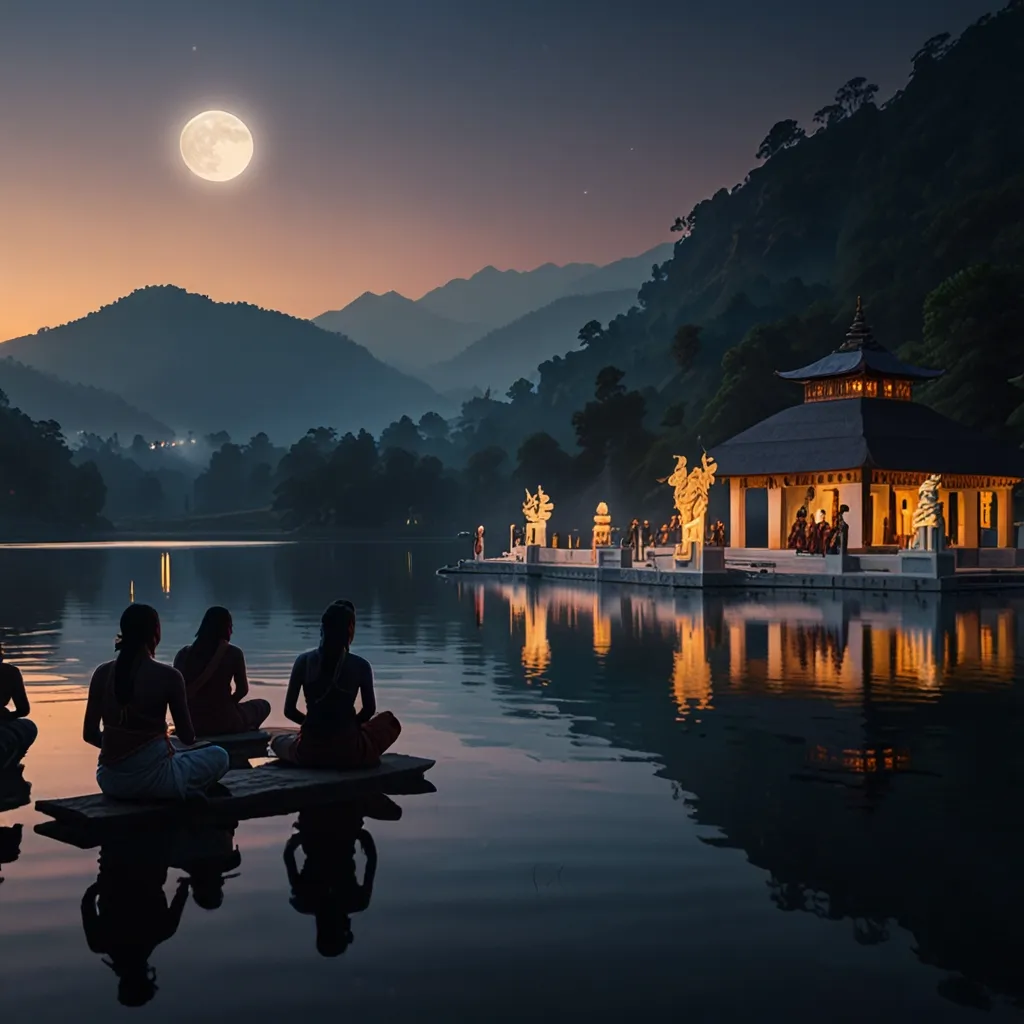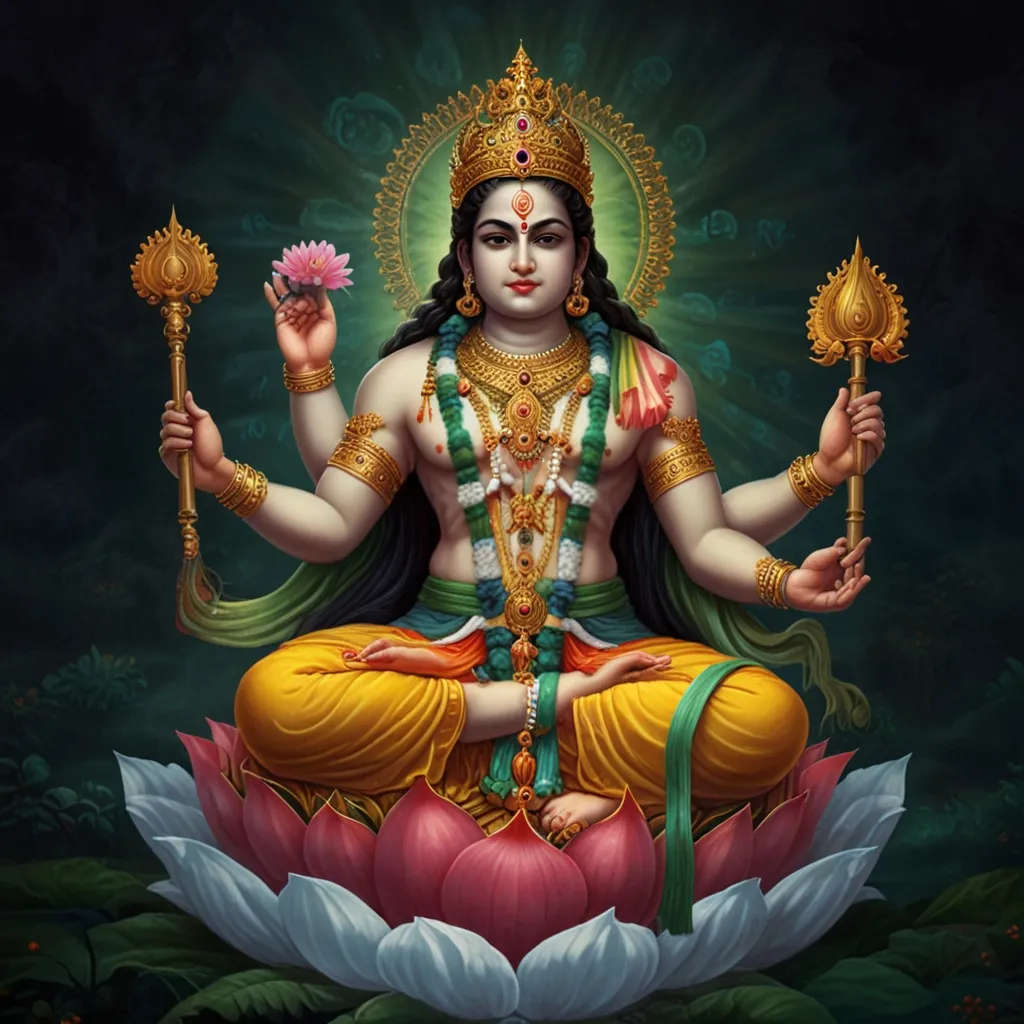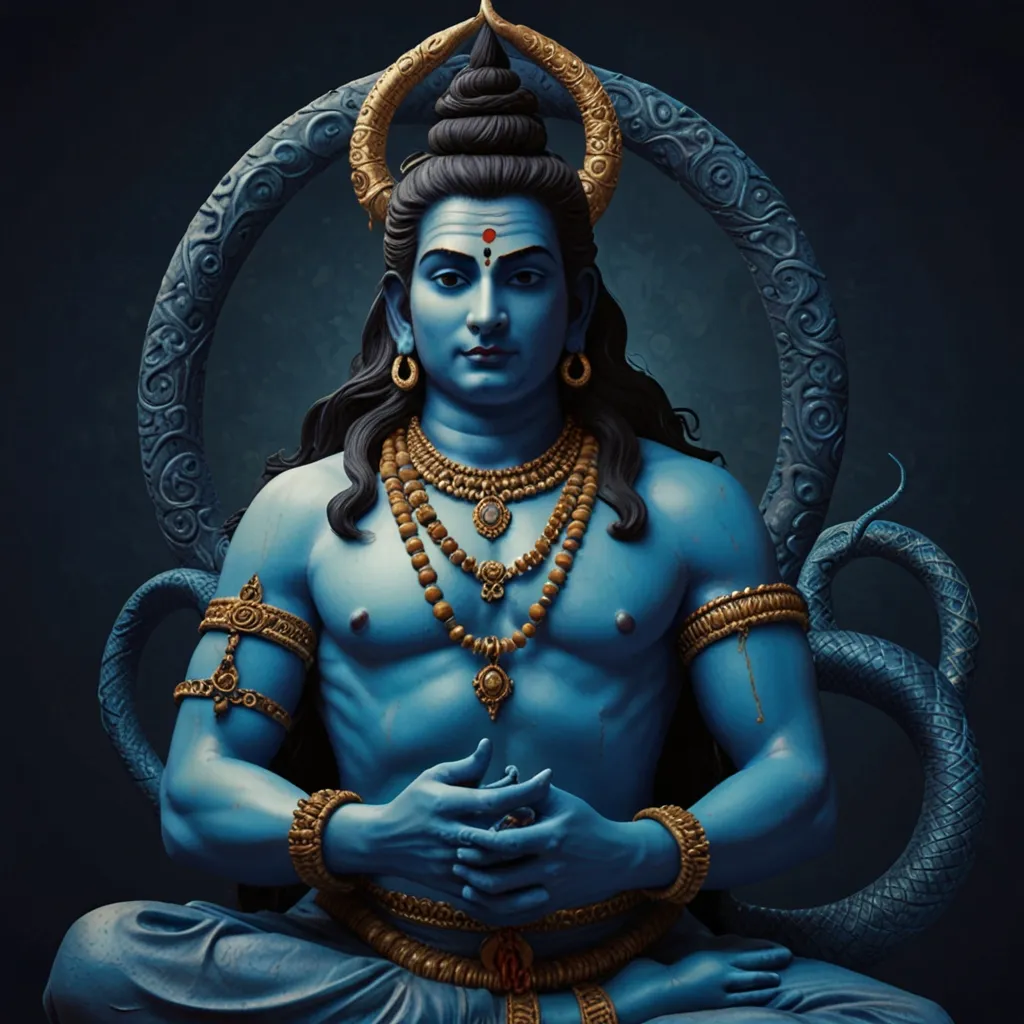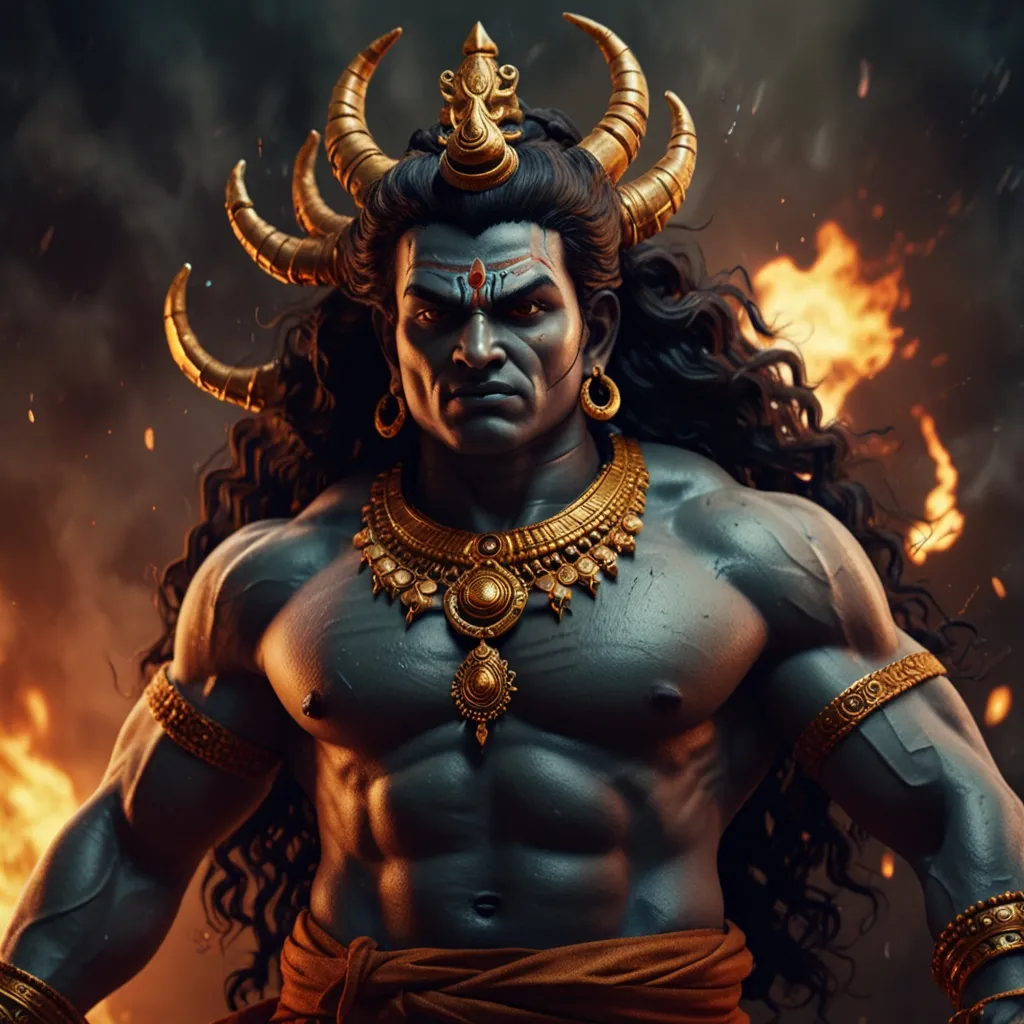Once upon a time, nestled in the serene embrace of the Himalayas, about 15,000 years ago, a fascinating figure named Adiyogi appeared. Adiyogi, also known as Shiva, wasn’t just any ordinary dude. He was the first yogi and the fountainhead of yogic traditions that would eventually reshape human awareness. The name Shiva means “that which is not,” yet, in the world of yoga, he was very much a real person, breathing and dancing passionately in the mountains.
Intrigued by his intense, blissful dance, seven die-hard seekers gathered the courage to approach him. These guys, later recognized as the Sapta Rishis, were relentless in their quest to learn from Adiyogi. For 84 long years, Shiva ignored their pleas. Then, on a special full moon day known as Guru Pournami, he decided to become their Guru. He took them to a picturesque lake, Kantisarovar, and began imparting yoga. Not just as some lofty philosophy, but as practical, hands-on wisdom for human growth.
Years went by as this knowledge transfer took place. By the end, the seven seekers were shining with enlightenment. Adiyogi then sent these newly awakened beings across the globe to spread the essence of yoga. One ventured to Central Asia, another to North Africa and the Middle East, one embarked to South America, while another headed towards East Asia. One stayed back with Adiyogi, while another kick-started the tradition of Kashmiri Shaivism in the lower Himalayas. The seventh sage, Agastya Muni, played a crucial role in integrating spirituality into everyday life in the Indian Peninsula.
The Sapta Rishis are deeply revered in Hindu culture for their immense contributions. For instance, Sage Bharadvaja authored parts of the Rig Veda and had a significant hand in ayurveda. He was the father of Dronacharya, the renowned teacher in the Mahabharat epic. Sage Kashyapa is hailed as the father of all Devas, Asuras, Nagas, and humanity, penning the crucial Kashyapa Samhita in Ayurvedic medicine.
Sage Vasishta wrote key sections of the Rig Veda and is known for his enlightening discourse to Lord Rama, encapsulated in the text Yoga Vasishta. This ancient scripture delves deep into existence, karma, free will, and spiritual liberation, making it a timeless piece. Sage Vishwamitra, who discovered the sacred Gayatri Mantra, was once King Kaushika before transforming into a sage through rigorous austerity.
These mystics are frequently mentioned across Hindu scriptures like the Rigveda, Upanishads, and Puranas. Often regarded as the mind-born sons of Brahma, their names might vary here and there in different texts, but their significance remains rock solid. Celebrated as the forefathers of Brahmin Gotras, these sages have been woven into the fabric of many cultures.
In Jainism, the Sapta Rishis are noted as seven Digamber saints who graced Mathura during the monsoons. They earned the name Sapta Rishi by curbing the Mahamaari disease with their great penances. Similarly, Sikhism’s Dasam Granth documents the lives of the seven rishis, including Valmiki and Kalidas.
The timeless legacy of Adiyogi and the Sapta Rishis is still alive and kicking, inspiring many around the world. Their teachings on yoga and spirituality have stood the test of time, guiding humanity toward enlightenment and a more balanced life.






